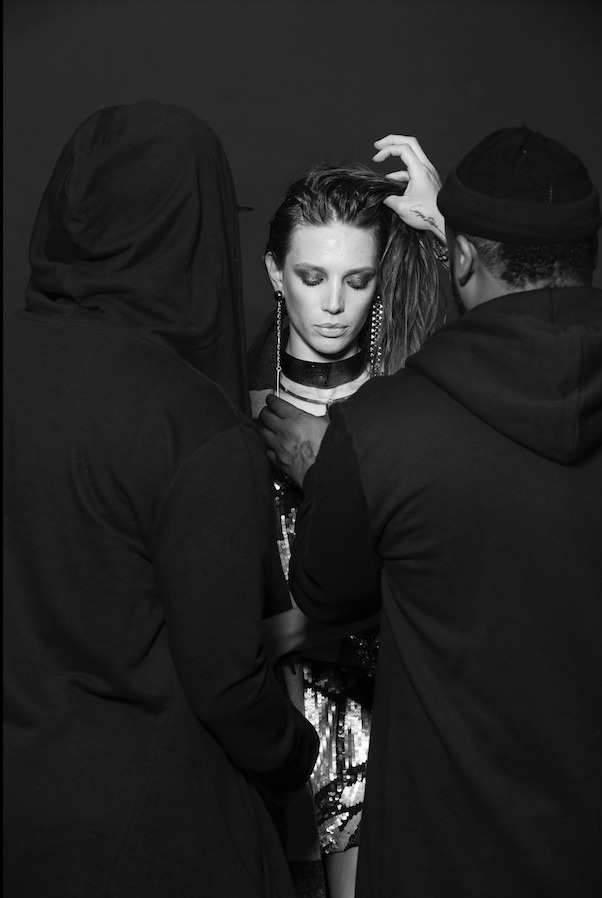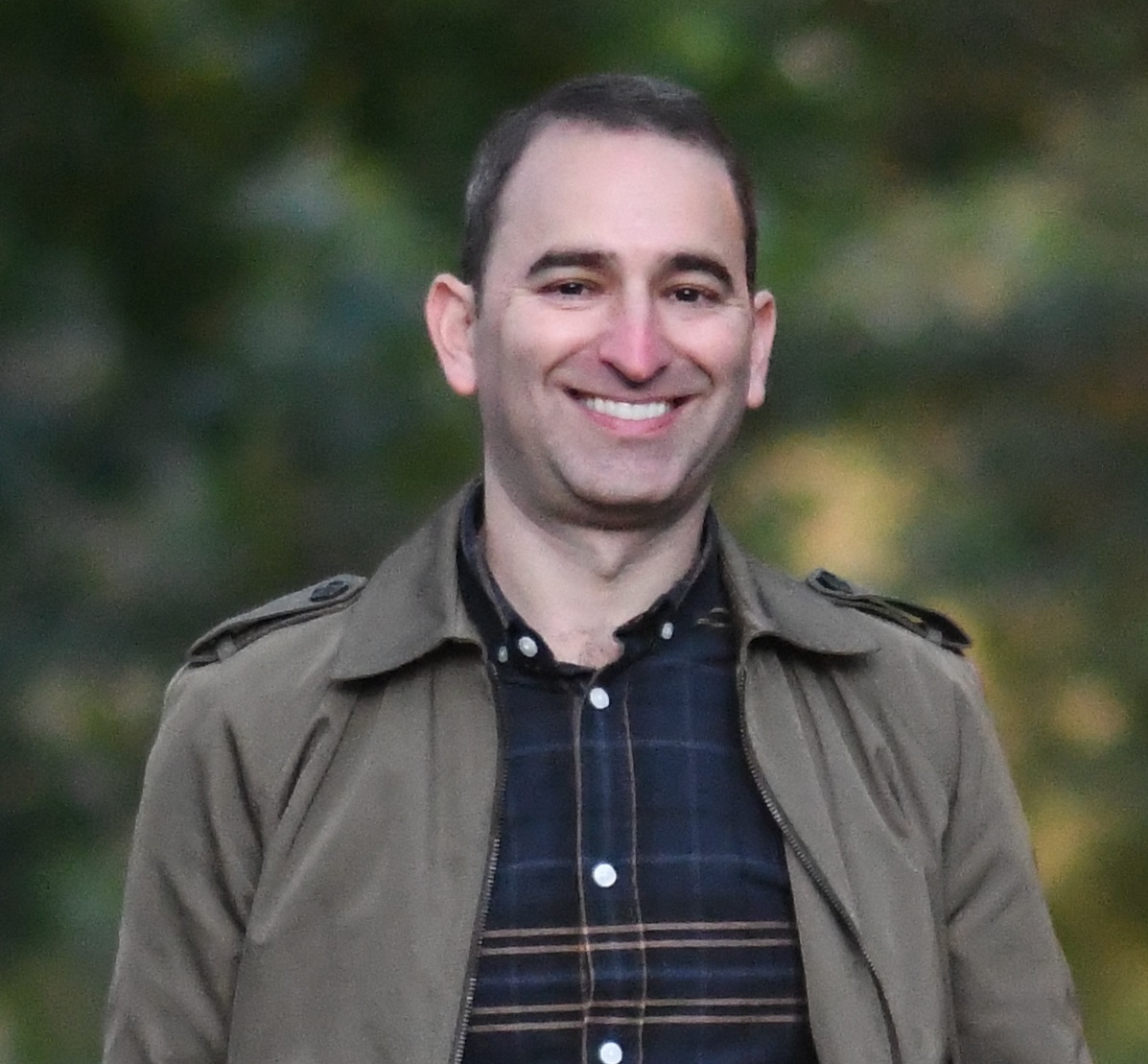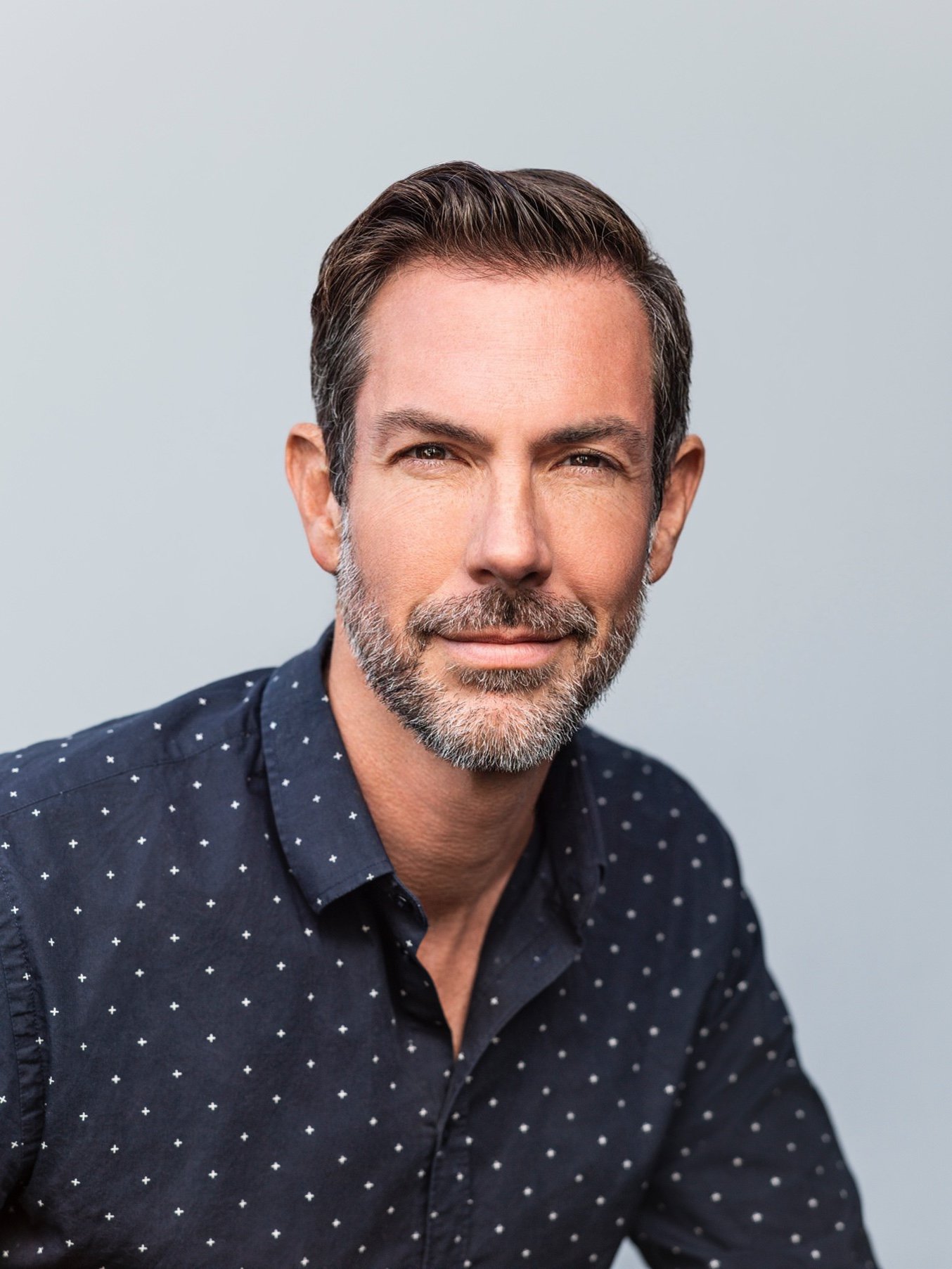Making My Mark: Chad Groom and LLewellyn Jenkins
March 30, 2021
Karyl J. Truesdale


“They will marvel at you, but then get intimidated if you’re too good!”
Styling duo Chad Groom and Llewellyn Jenkins are professionally known as The StyleMonsters. Proudly HBCU-educated – both Morehouse men – they are kindred spirits who traveled in the same social circles in New York City with mutual allies, only finding their way to eventually meeting and co-joining their creative efforts. The soft spoken yet extremely talented duo dominate in talent and inventiveness. Their editorial spreads are high fashion disturbances – definitive, rebellious, thought provoking fashion theatre. Avant Garde. The perfect storm. Jenkins owes his trajectory to past colleagues, makeup artist Byron Barnes and hairstylist Michael Weeks, to whom he pays homage for honing his craft and expanding his fashion abilities. Groom, by contrast, hails from the corporate world with a former footing in the software industry. Before taking a leap of faith to be a full-time creative, he positioned himself in both worlds until the time was right to bid corporate America adieu. Groom respectfully pays allegiance to his business partner Jenkins for being solely responsible for his introduction and success as a stylist.
When two lives represent art and art is your true life, the destiny is obviously the inevitable. So, you do the obvious. You amalgamate the two, join forces, buckle your designer seatbelt, and contrive The StyleMonsters. And then you take flight!
What skills, in your own opinions, are necessary to be a successful fashion stylist?
Chad: An appreciation for fashion history, a willingness to research and have interest in the history of fashion is extremely important. Being a pleasure to work with and recognizing that whether you are shooting a campaign or regular photo shoot…you are not the only artist on the project. Have a general respect for your co-creators and the process. This would of course include being prepared, being on time, and being an added value to the project. These are major components and tools that I find all successful stylists employ.
Llewellyn: I think the most important to me is having people skills! If one does not know how to deal with others and communicate verbally and non-verbally, with various people from all sectors and walks of life on diversified shoots and not be able to adapt like they just did it yesterday, I think you kind of fall by the wayside. Having people skills, and sometimes roll with the punches, sometimes be assertive, sometimes just listen and be quiet and when to act as they apply. I always say, “you should always know what you’re looking at and listening to.” If you do not have that foundation under your feet…It will sabotage you.
You two are style trendsetters in your own rights. When you think of a style icon, who comes to mind?
Llewellyn: Wow there is so many! When I think of style icons, I think of those who have inspired me in some sort of way! My favorite and earliest style icons was a college classmate, John Gaither III. I had never met anyone like him. He was fabulous. His style was conservative, yet he was so chic. We attended school in Atlanta, and he was the first person I saw in the winter to wear a hard bottom shoe with no socks. I would ask: “John, aren’t you cold?” He would respond: “It’s about the look.” His philosophy was not about having a closet full, it is about having a closet of the best –and I learned so much from him. He was just classic. Cashmere sweater, cashmere coat, khakis, a hard bottom shoe, horn rimmed glasses, and a nice watch. He taught me: fashion comes and goes, but style is everlasting. I would also like to add that growing up, I watched Soul Train every Saturday and there were two dancers I used to watch who epitomized so much style. I loved the way they danced, and the way they dressed. Vicki Abercrombie and Derrick Bennett. They were early style icons to me. Always in my head, I think of them in my early development.
Chad: For me, just like Lew, my introduction to style or personal style did not come from television, magazines, or celebrities. My introduction to great style and what it means to be “stylish” and paying attention to clothing came from my grandmother. She was one of those women who had 50 different wigs, in 50 different colors, that were 50 different lengths in 50 different textures, and you never knew from day to day which one she was going to pull out. She was one of those women who was such a muse, that all her girlfriends sought her advice for what to wear. She was just an intrinsically stylish woman! As she got older, and I came into the world and attached to her… that is when I became bitten by the fashion bug. She was in her 50s wearing Mary McFadden dresses and owning Issey Miyake, Stephen Sprouse, and Stephen Burrows. She was notorious for her cross-section of designer collectibles and moods. That was my introduction to: you don’t have to be the same thing all the time, but make it make sense all the time! You must make it make sense to yourself and own it. My first style icon was my grandmother, Almarie Groom.
How do you source rare, one-of-a-kind finds?
Chad: Woww! That is a good question! Finding rare pieces is a constant activity for both of us as stylists. We do everything from estate auctions to thrift stores in various cities across the country to eBay, which sometimes has great resources that not everyone is aware of or appreciates, especially if you’re not a fashion person. We’re almost like archivist: always adding hard to find and one-of-a-kind pieces to our closet. Some of our current and former clients that are fashion people have given us rare things over the years. To have keen eyes and fabulous friends certainly helps with sourcing.
Llewellyn: Chad, that was what I was going to say. We have had friends of clients or clients that we have met that have felt the need to gift us. We have this one client we were doing some special shopping for and she tells us: “I have an entire closet of designer stuff that I’ve collected over the years that I don’t even use; I think you guys would love it.” And when she gave it to us… we are like… Are you serious? The coats, the pieces…were amazing!! We have another friend in Chicago, that every now and then she will just send us stuff, and it just comes out of the blue and we’re flabbergasted! I love to rummage thrift stores and there is always that one find that grabs your eye like: “You’re kidding me?” You go to the register with the idea that this cannot be marked down, they got to have this all wrong! This cannot be $5! Those things just happen, and the universe just brings it to you in ways that you would never imagine.
How has the pandemic impacted your business this past year?
Llewellyn: It has definitely slowed us down to a grinding halt! But Chad and I still have projects in the pipeline that we are currently archiving and developing very soon. We stay creative that way. We want to stay safe. We want to always ensure safety protocols with the photographers, hair and makeup crew as well as the models. It has taken us out of our realm for sure, but we remain vigilant in our ideas.
What would be your dream project?
Chad: We have been known to turn out large volumes of editorials every year, but due to the pandemic, it diminished greatly. We are rising above that setback and we are getting back to our normal. But in addition to all our editorials, regarding what we have done as TheStyleMonsters, the thing I have enjoyed the most are our advertising campaigns. I would love to do this work on a larger scale internationally, with a major fashion house.
As Black creatives in this industry, specifically in the styling sector, may you express one concern that you would change in terms of a shortfall that you experienced that took you aback?
Llewellyn: When I first started styling and going to showrooms, it was very difficult maneuvering to get in. It was almost like you had to be a magician. I was advised by an editor that I could not go to the showrooms like a white stylist. I could not have on T-shirts, flip flops, and raggedy jeans. You must be dressed to the nines, and it is important that you carry the right pen and the right bag. You have your business card, and you must show them you have class. Because what they see is the elevator man and the doorman and the housekeeper that cleans the showroom at the end of the day. And that is what they see when they see you. You must show them that is not you and you are not that. I always felt like it was a game. In the late 70s early 80s, I can reminisce on the “550 building” where all the high-end designer showrooms were located. I did not have a car service like some of my stylist counterparts. I had a laundry cart and what I would do is befriend all the service workers in the building. They would take my cart, put it in the back, and I would then go upstairs…and take everything back downstairs and leave it in the cart, and the service workers would watch it for me until I did all my showroom running for the day. The showroom reps would always ask: “Are you going to carry that?” or “Are you sending a messenger service?” I would tell them: “no, I have a cart downstairs.” After my appointments were complete, I would go and collect my things, get on the subway, and take them home –then also take them in the cart to the shoot. Upon returning everything back to the showrooms, I made sure with the budget I had, I would send flowers or a small catered lunch or a thank you note. I noticed it was a game that I was playing. It was not on my merit that they extended the olive branch to other showrooms, for me to have access. They wanted to show that the nice Negro boy that they met was allowed to enter other high-end showrooms because of them, not because of what I do. I could have had zero talent, but they would send me to people solely based on what they perceived, and so I was then validated. It was how I had to maneuver. Although they loved me and would say: “Give Llewellyn whatever he wants!” I still had to sell them and do a double dance. I had to be the best! I had to be the most fabulous! It was a part of my hustle. I feel we should not have to do that in order to be validated being good, because they say you’re good. I definitely want that to change.
Chad: My answer to that is a continuation of what Lew just said but in a different way. I feel like there is very, very, very limited access to Black creatives. Specifically, Black fashion stylists. There is very little to limited access to all of the major brands, and all of the brands we’re told that determine the direction of fashion. The access that most fashion stylist are given needs to be reevaluated. When you are working with Black talent, it is almost as if you have to be the public relations person to the public relations person to validate to them, in that their client would benefit from them seeing your client in their clothes. That is a fight I am sure many Black stylists can relate to, especially before you get to a certain level of recognition within the fashion industry. It has very little to do with your talent, and very little to do with the artistic talent of your client or whoever you are dressing or shooting. It has everything to do with their level of visibility within the white spectrum.
If you could describe yourself in one word, what would it be?
Chad: Quasi-artistic
Llewellyn: Complicated
IG:@thestylemonsters

PHOTOS BY DENNIS PULLEY & JOSE ESPAILLAT

